Still curious about seabirds? The Additional Materials section features more resources on the topic, opportunities to be citizen scientists through volunteer birdwatchers, information for pilots to protect seabird populations, and more.
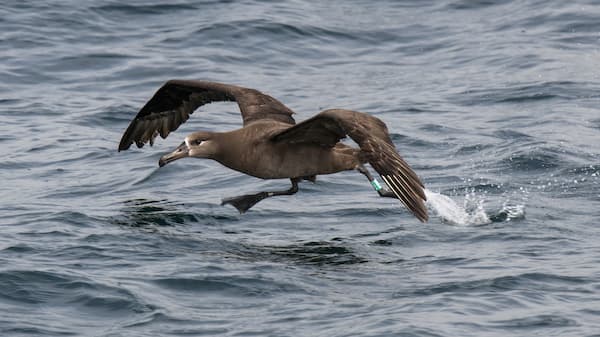
In the dark of night, seabirds use their keen senses and light from the moon and stars to navigate, find food, tend their nests, and avoid predators. Mariners and scientists have observed that bright lights from vessels or land can attract and disorient seabirds, causing injury or death—especially on moonless or foggy nights.
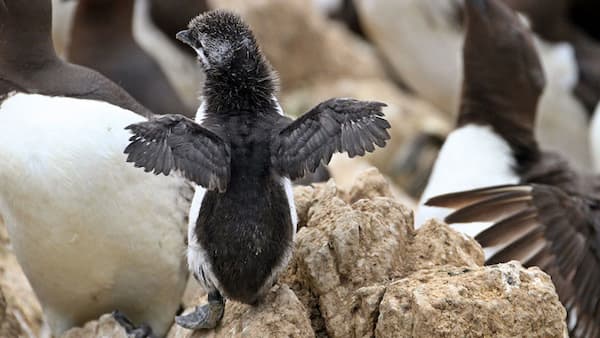
The Seabird Protection Network partners with boaters, kayakers, pilots, and seabird biologists to reduce disturbance to seabirds and other marine wildlife found along the California coast. California is home to an amazing and diverse population of seabirds that gather in large groups on offshore rocks, cliffs, and near-shore islands.
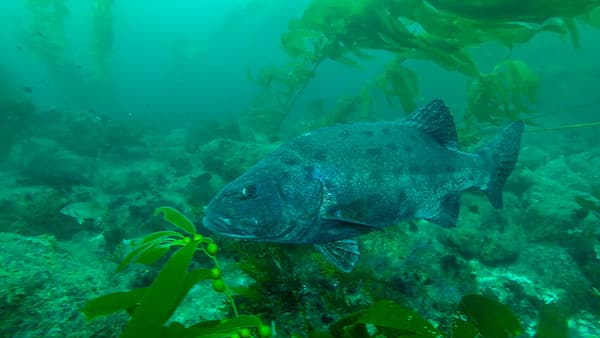
Although the offshore location of the sanctuary provides a buffer to sanctuary resources from human impacts and potential stressors, many species move between habitats inside and outside the sanctuary. Understanding which species and habitats exhibit high connectivity to the mainland is critical to proper management.
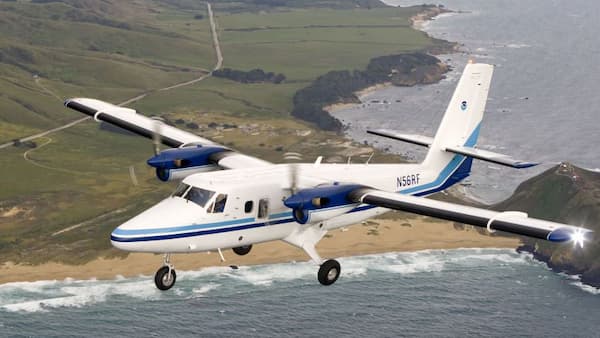
Overflight regulations within Olympic Coast, Greater Farallones, Monterey Bay and Channel Islands National Marine Sanctuaries require that motorized aircraft maintain minimum altitudes above specified coastal waters. Failure to comply with these minimum altitude limits is presumed to disturb marine mammals and seabirds and is a violation of federal regulations for the sanctuaries.
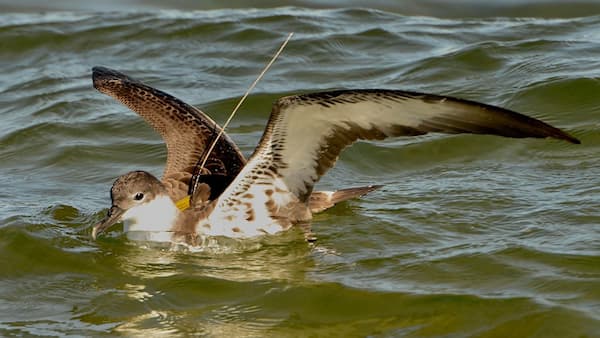
Since 2013, researchers at NOAA's Stellwagen Bank National Marine Sanctuary have been using satellite technology to study the movements, life cycle, and feeding and foraging habits of great shearwater seabirds in the Gulf of Maine ecosystem. After attaching transmitters to the backs of the birds, the scientists then follow their movements from the signals sent out by the tags.
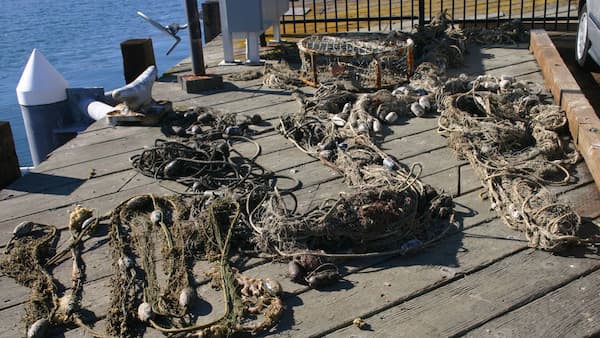
Marine debris encompasses a wide range of materials and comes from many sources. Some debris, such as lost fishing nets, poses an entanglement risk to pelagic animals, especially large fishes, sea turtles, seabirds, and mammals.
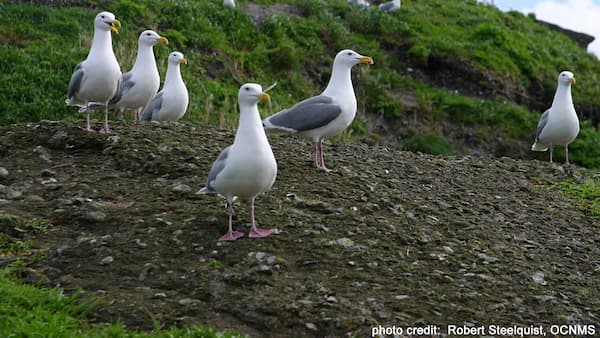
Since 2006, sanctuary researchers have conducted monthly surveys from May through September that are providing insight into areas within the sanctuary that are important to seabirds and how species composition in offshore areas changes through the summer.
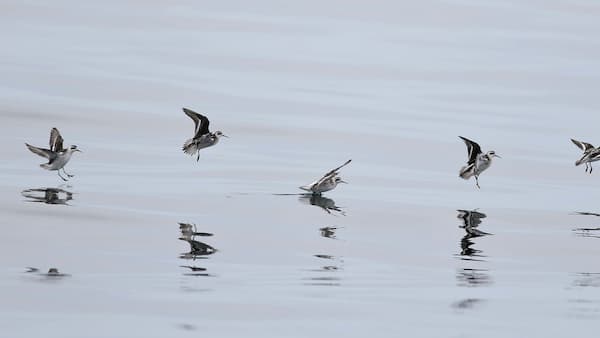
NOAA encourages public participation in science. The sanctuary's volunteer programs offer opportunities to assist researchers with whale, seabird, or sand lance studies on the R/V Auk or to collect data individually from alternate platforms.
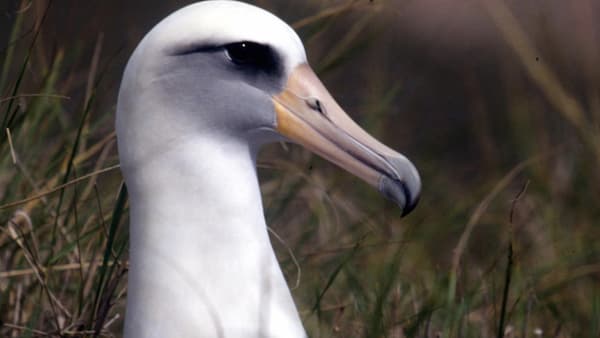
NOAA Fisheries has created a 5-year plan focused on migratory bird populations through the National Seabird Program. Today, the program is a cross-cutting group of managers and scientists who work domestically and internationally to protect and conserve seabirds..